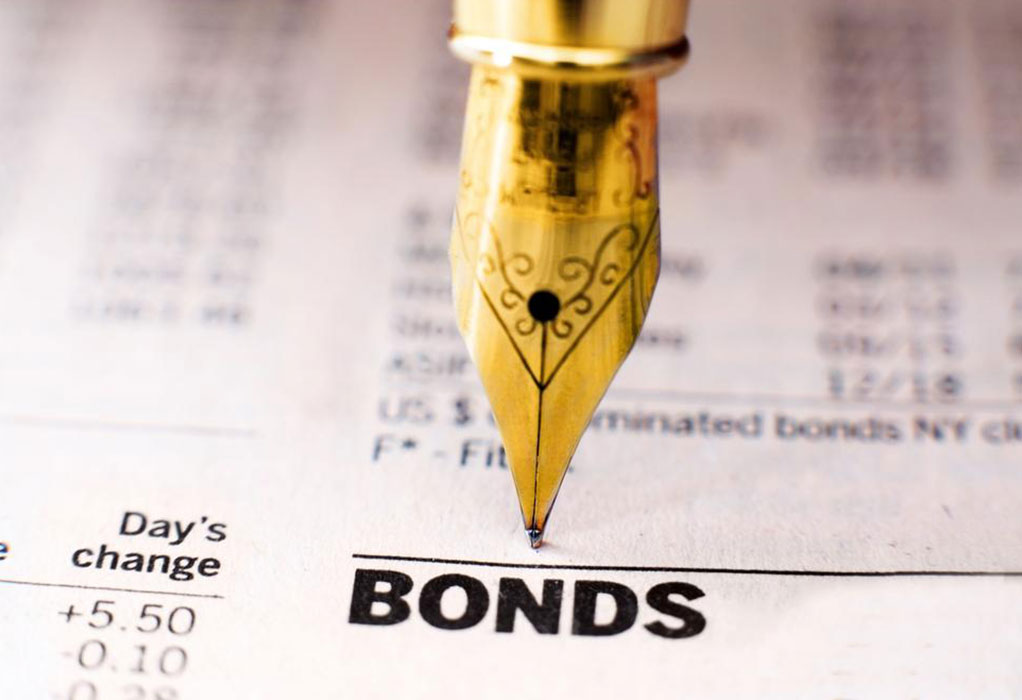Complete Guide to Investing in High-Yield Bond Funds for Maximized Returns
This comprehensive guide explores high-yield bond investment funds, highlighting their potential for higher returns alongside inherent risks. It discusses performance trends, risk factors like default rates, and strategic considerations for investors seeking to diversify and enhance their income streams with these unique fixed-income options.

Complete Guide to Investing in High-Yield Bond Funds for Maximized Returns
When it comes to building a robust investment portfolio, understanding the delicate balance between risk and reward is crucial. Investors constantly seek assets that can generate attractive returns without exposing them to untenable risks. One of the most noteworthy options in the fixed-income space is high-yield bonds, often referred to as junk bonds. These bonds are characterized by their potential to offer higher yields than traditional bonds, but they come with distinct risks that investors need to carefully evaluate prior to investing.
In the realm of fixed-income securities, bonds have long been favored as a stable, income-generating investment. They are essentially debt instruments where investors lend money to governments, municipalities, or corporations, in return for periodic interest payments and the return of principal at maturity. While Treasury bonds and investment-grade corporate bonds usually offer lower yields but come with relatively low risk, high-yield bonds stand out because of their elevated returns. These bonds typically have lower credit ratings, usually below BBB- from Standard & Poor’s or Baa3 from Moody’s, indicating a higher chance of default. Consequently, funds that focus on investing in high-yield bonds are naturally associated with greater risk, but they also offer the potential for superior income streams.
Understanding the Risks of High-Yield Bond Funds
High-yield bond funds carry inherent risks that investors must understand thoroughly. One primary concern is the default risk, which refers to the possibility that the bond issuer might fail to make interest payments or return the principal. On average, the annual default rate for high-yield bonds hovers around 4%, although this can vary based on economic conditions. In most years, defaults remain relatively limited, but during economic downturns, default rates can escalate, leading to significant capital losses for investors.
Moreover, high-yield bonds are more volatile than investment-grade bonds. Price fluctuations can be substantial over short periods, driven by changing market sentiment, economic indicators, or issuer-specific news. This increased volatility translates into higher risk but also opens opportunities during market upswings for substantial gains. Despite these risks, historically, high-yield bond funds have delivered solid performance, especially in favorable economic climates. However, during recessions or financial crises, their value can suffer sharply, making them unsuitable for conservative investors. Assessing one's risk tolerance and understanding market dynamics are critical before engaging in high-yield bond investments.
Performance and Benefits of High-Yield Bond Funds
One of the most compelling reasons to explore high-yield bonds and associated funds is their potential for attractive returns. Over extended periods, high-yield bond funds have demonstrated consistent resilience and profitability. When compared to other fixed-income options, these funds often outperform, delivering higher returns over a decade-long horizon. The key to their success lies in their higher interest income, which surpasses benchmark government or investment-grade corporate bonds.
During bullish market cycles, investor confidence tends to surge, making high-yield funds particularly attractive. These funds tend to generate positive returns, benefiting from economic growth, favorable credit conditions, and strong corporate earnings. For investors with a higher risk appetite and a desire to diversify their portfolios, high-yield bond funds can serve as a strategic component, providing both income and growth opportunities.
However, it’s essential to balance these benefits with an understanding of the risks involved. Proper diversification, active management, and a clear understanding of market trends can help mitigate risks associated with high-yield bond investments. For long-term investors seeking higher income streams and willing to accept fluctuations, these funds can be a vital asset class in a well-rounded investment strategy.
In conclusion, high-yield bond investment funds represent a lucrative but complex option within the broader fixed-income landscape. With their potential to generate superior returns, they appeal to experienced investors and those with a high-risk tolerance. As with any investment, thorough research, proper risk assessment, and strategic allocation are paramount to maximize the benefits while minimizing potential downsides.





